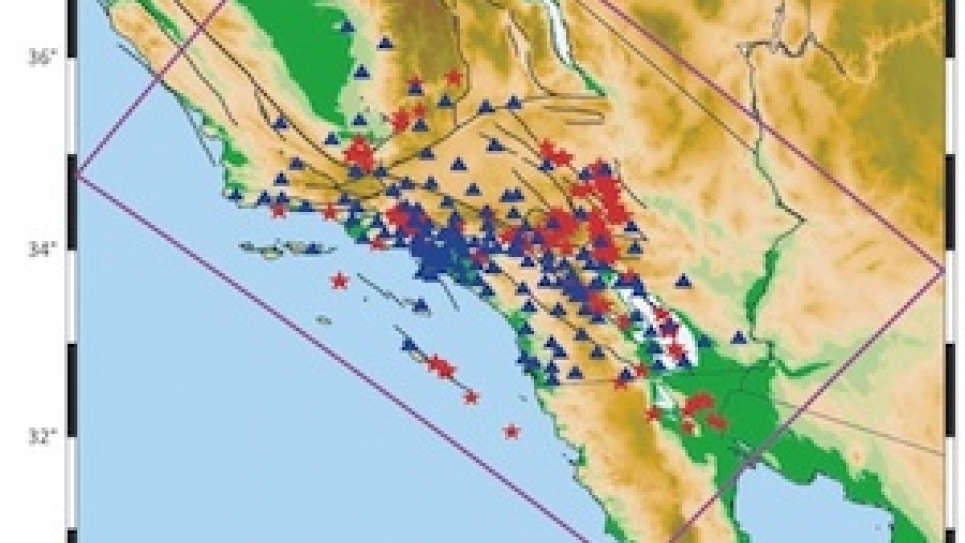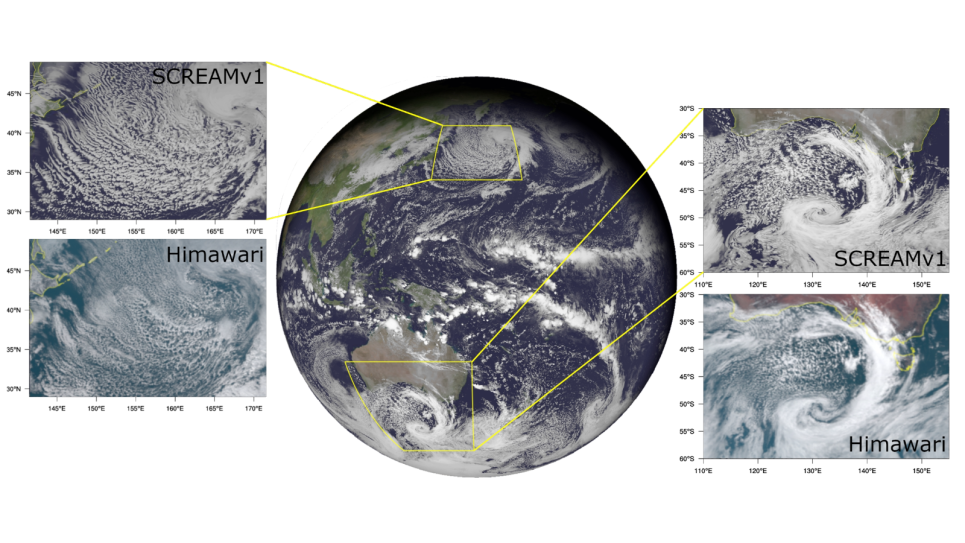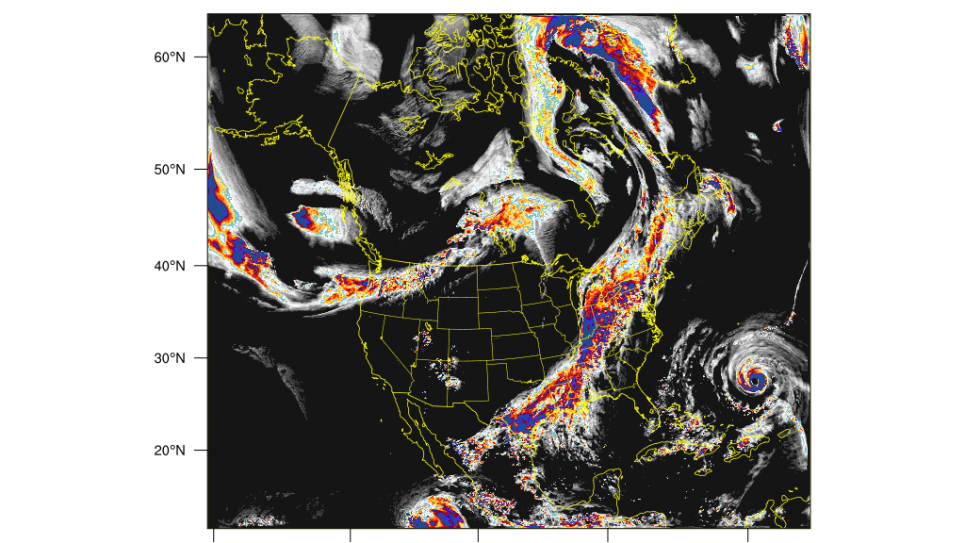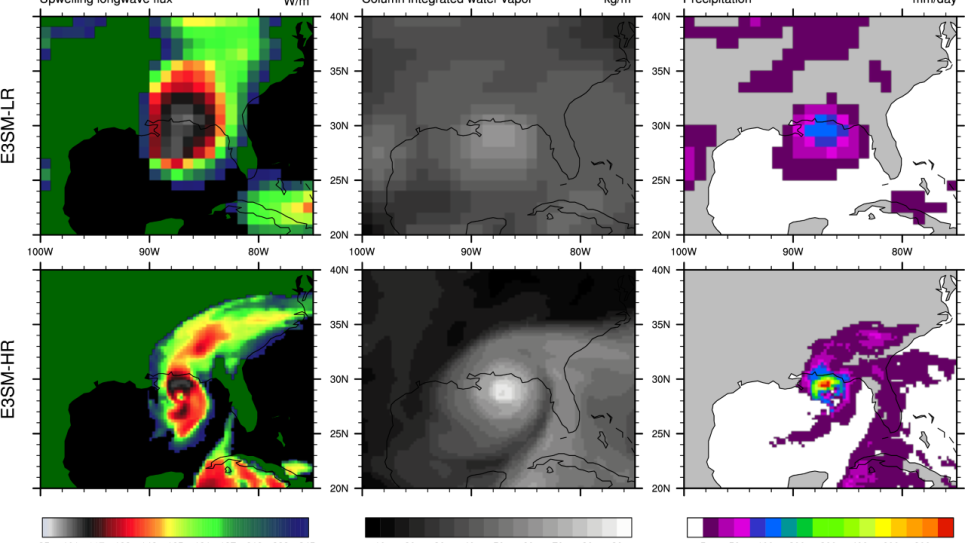
Using Multi-scale Dynamic Rupture Models to Improve Ground Motion Estimates
Researchers will use Southern California Earthquake Center (SCEC) dynamic rupture simulation software to investigate high-frequency seismic energy generation. The relevant phenomena (frictional breakdown, shear heating, effective normal-stress fluctuations, material damage, etc.) controlling rupture are strongly interacting and span many orders of magnitude in spatial scale, requiring high-resolution simulations that couple disparate physical processes (e.g., elastodynamics, thermal weakening, pore-fluid transport, and heat conduction). Compounding the computational challenge, natural faults are not planar but instead have roughness that can be approximated by power laws potentially leading to large, multiscale fluctuations in normal stress. The capacity to perform 3-D rupture simulations that couple these processes will provide guidance for constructing appropriate source models for high-frequency ground motion simulations. SCEC’s CyberShake system can calculate physics-based (3-D waveform modeling-based) probabilistic seismic hazard analysis (PSHA) curves for California.
On the next-generation Blue Gene, researchers, will calculate a 1Hz PSHA hazard map for California using improved rupture models from our multi-scale dynamic rupture simulations. They will calculate this high-resolution probabilistic seismic hazard map using the technique developed on the SCEC CyberShake project. This calculation will be done after integration of an improved pseudo-dynamic rupture generator into CyberShake system and production of a new and improved UCERF2.0-based Extended Rupture Forecast (ERF). The calculation will provide numerous important seismic hazard results, including a state-wide extended earthquake rupture forecast with rupture variations for all significant events, a synthetic seismogram catalog for thousands of scenario events, and more than 5,000 physics-based seismic hazard curves for California.


